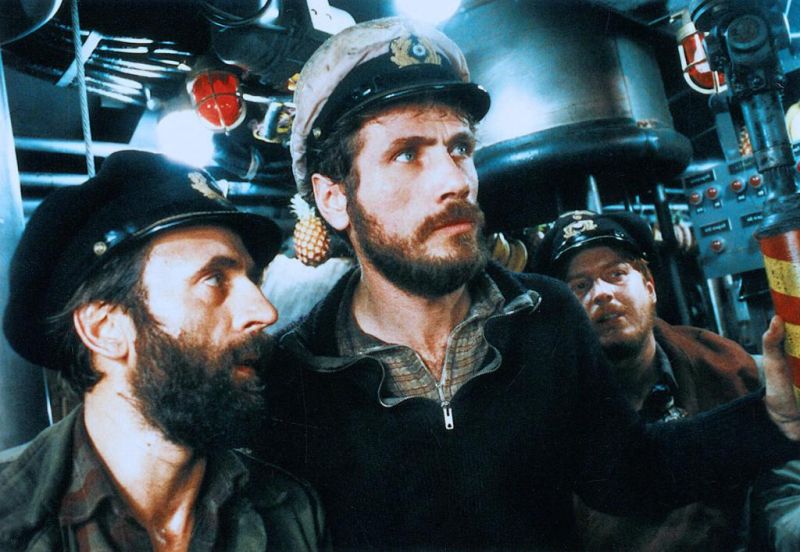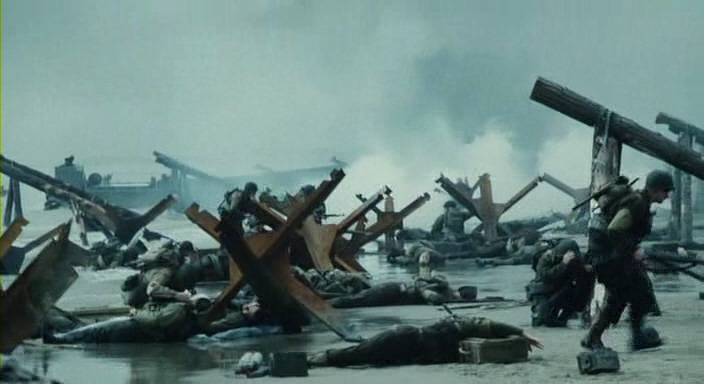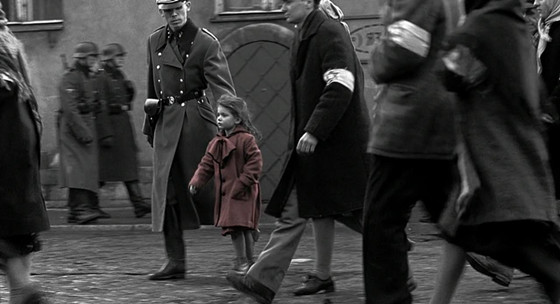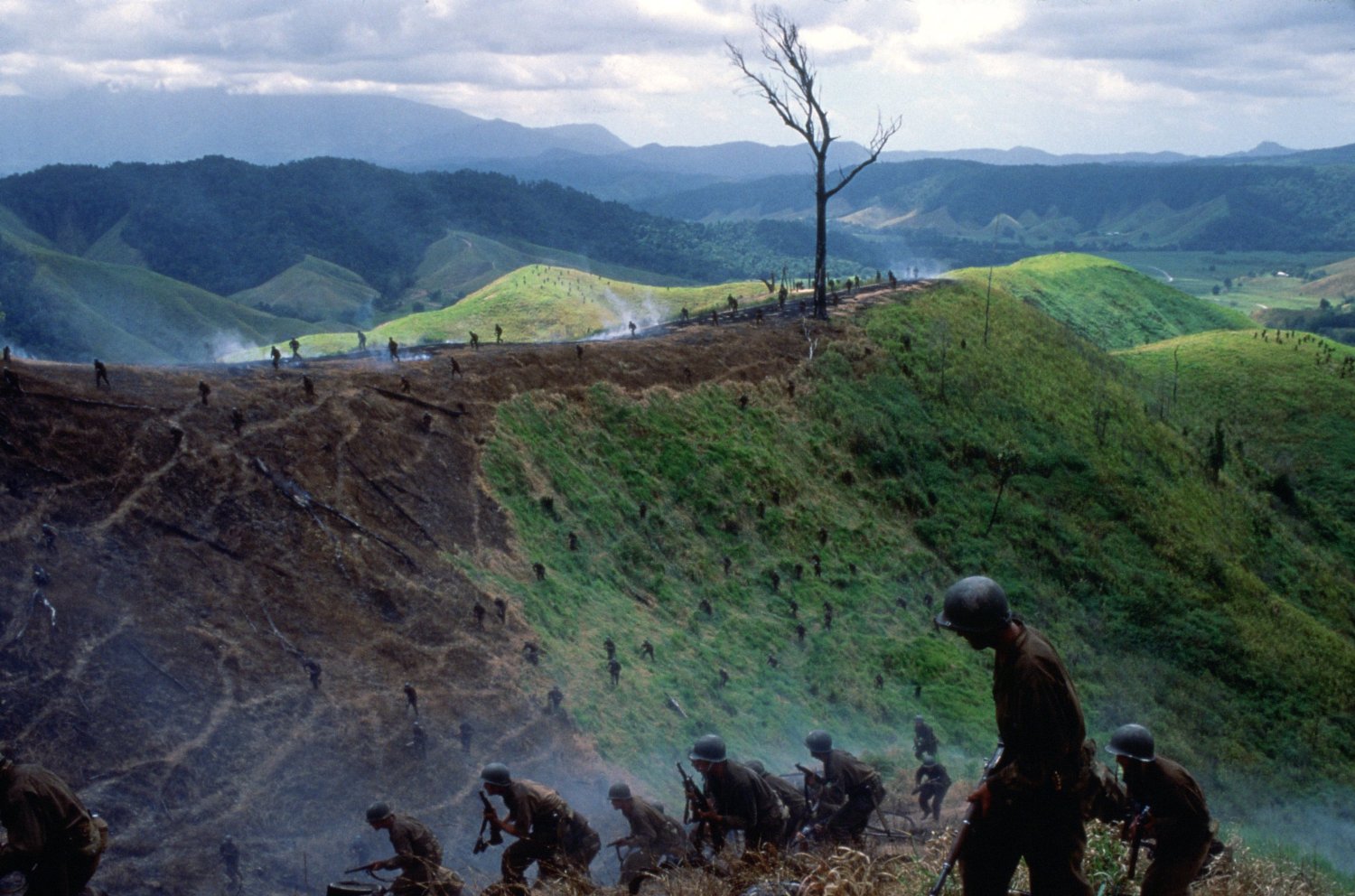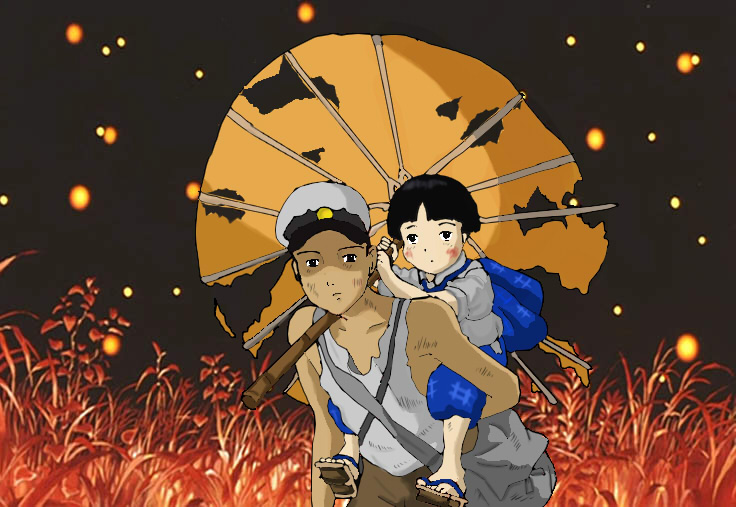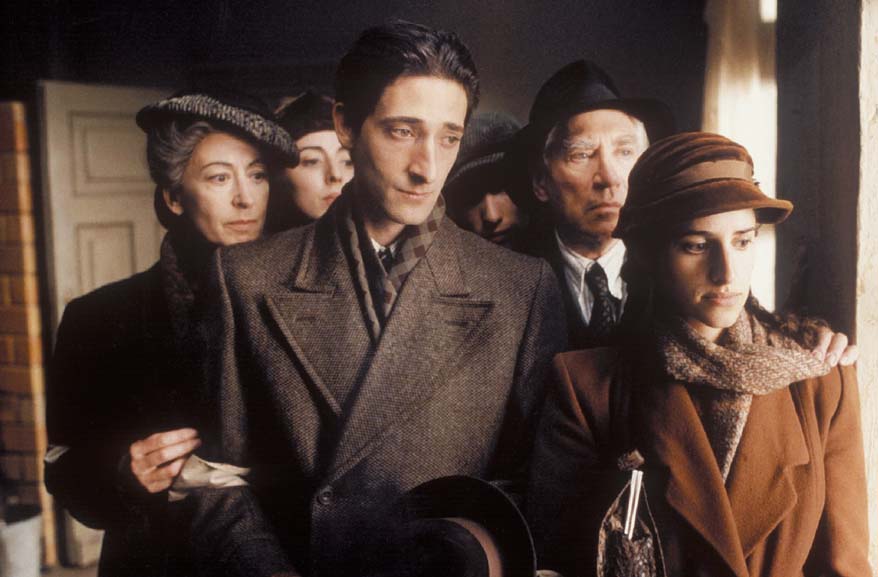8. Casablanca (1942)
“Casablanca” is the only film on this list actually made during the World War II era. In a time of war, this film concentrated on love and intrigue. The conflict stays in the background, while Humphrey Bogart and Ingrid Bergman creates one of the cinema’s great romantic pairs. Quotes such as “We’ll always have Paris” or “Play it, Sam” are now part of cinema lore.
This 1942 film was directed by Hungarian director Michael Curtiz and some actors used in the movie were actually refugees from Nazi persecution. The combination of many elements and an interesting array of characters and themes result in a timeless film that has lived far past the events at its center.
7. Das Boot (1981)
This is an unusually realistic film concerning World War II. “Das Boot” is set in a claustrophobic submarine, plagued by boredom, consternation and stench. Wolfgang Petersen, the director, make masterful use of a long tracking shots which gives the viewer a complete view of the U-boat setting.
“Das Boot” is reminiscent of the works of author Herman Melville such as “Billy Budd” and“Typee”, in both nautical setting and moral temperature. The film, edited down from a six hour mini-series for television, does not focus on heroes, villains or victims but displays a number of characters fighting for survival.
6. Saving Private Ryan (1998)
Saving Private Ryan was an unusually popular war film at the box office. The film combines strong entertainment elements with a number of visceral and violent moments. The result is a masterpiece.
The Omaha Beach war scene at the beginning was much discussed at the time. It cost 11 million dollars to shoot, made use of 40 barrels of fake blood and involved 1000. Director Steven Spielberg studied pictures taken by famed war photographer Robert Capa of the invasion of Normandy and reproduced them for the film. Though the surrogate of Capa’s lens, the director channeled a sense of reality for the film.
5. Schindler’s List (1993)
“Schindler’s List” is a biography of a German industrialist who saved approximately 1200 Jews during the Holocaust. Cross-cutting stories, characters and ambiguous emotions, the director, Steven Spielberg has created a dark story of redemption.
“Schindler’s List” is a visually stunning production. The Jewish director also felt a special kinship with the film due to the subject matter. That respect shows onscreen, as the main character teaches that no human life is more valuable than another.
4. The Thin Red Line (1998)
Debuting the same year as “Saving Private Ryan”, “The Thin Red Line” was slighted by the attention given to the Spielberg film. Terrence Malick’s film contains many of the same elements: a great cast, expert battle scenes and great direction. The difference was one of proportion: Spielberg’s was a decidedly commercial endeavour while Malick’s was introspective and subliminal.
“The Thin Red Line” is more introspective than many war films. The camera is analytical, probing questions concerning death and the meaning of life, as is true of many Malick efforts. In a philosophical way, this film talks about nature’s beauty, the negligent attitude of man and the human spirit of survival spirit.
3. Grave of the Fireflies (1988)
Studio Ghibli is the major animation studio in the current cinematic world. The studio’s acclaimed films which mixed fantasy and reality are highly addictive and telling entries concerning human nature. One of the most profound film, Grave of the Fireflies, is highly stylized and ahead of its time in its animation style. The story concerns a brother and sister who have survived the war, but are then left alone without home, food or clothes.
The characters succumb to despair very quickly and their relationship becomes very poignant as their life turns from bad to worse. This is an overwhelmingly sad film and a masterpiece of animation.
2. The Pianist (2002)
Fifteen years after declining to direct Schindler’s List due to highly personal reasons (his mother had died at Auschwitz), Roman Polanski directed his own similar project. “The Pianist” tells the true story of Wladyslaw Szpilman (Adrien Brody), a Jewish pianist struggling to survive in the Warsaw Ghetto. The man loses his family, job, freedom and nearly his life, but still fights to survive as a simple human being.
The then little known Brody gives a magnificent Oscar winning performance. The scene involving Chopin’s “Ballade in G Minor” is one of the most touching, beautiful and spiritual scenes of all time.
1. Come and See (1985)
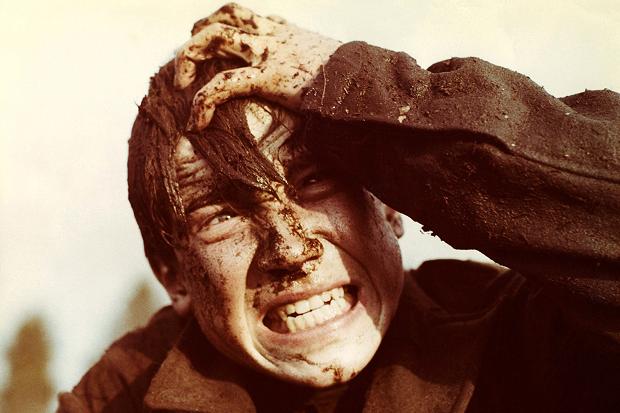
This film explores the life of a Russian young boy during the conflict in Belarus. Directed by Elem Klimov, who, as a child, has experienced the events depicted, “Come and See” is a film which captures a true feeling regarding war in a most moving and haunting manner.
The lead role is portrayed by 16 year-old Aleksey Kravchenko, who offers an amazing and highly touching performance, “Idi I Smotri” doesn’t follow a formal scripted structure nor does it engage in theatrical dramatics. The film, instead, opts for an intense realism which may divide audiences but which will also haunt those to witness the film.
Author Bio: Pedro Bento is a portuguese samurai, who travels with his wakizashi sword into the infinity of his mind, always forgetting his way home. He doesn’t believe in inspiration moments, but he likes to hide in a secret place, where heavy metal is always blasting and no one can bother him, except his apathetic girlfriend Inês. Yes, he’s a loner.

